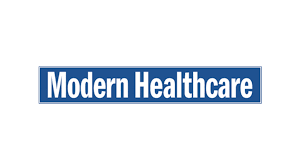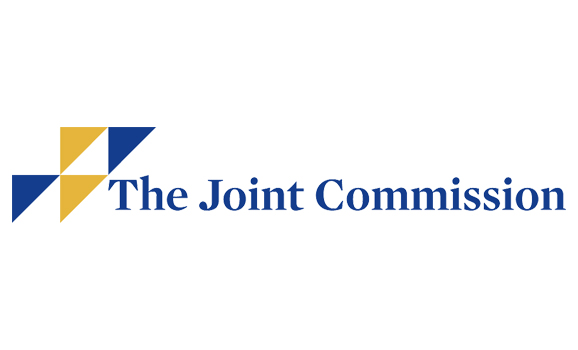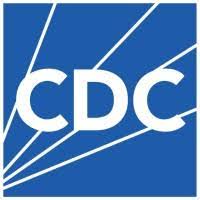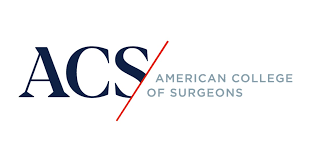New studies highlight opportunities to improve pediatric anesthesia safety, comfort

Editor's Note Artificial intelligence (AI) and evidence-based fasting practices could significantly enhance safety and comfort for children undergoing surgery, according to research presented at the ANESTHESIOLOGY® 2025 annual meeting that took place on October 10–14. One study found AI systems outperform standard methods in key pediatric anesthesia tasks, including selecting…
The Joint Commission makes nurse staffing a national performance goal for 2026

Editor's Note The Joint Commission has made nurse staffing a national benchmark for hospital accreditation, formally recognizing it as a core measure of patient safety and care quality, Nurse.org October 13 reports. For the first time, hospitals must meet specific staffing standards to earn or maintain accreditation. Under the new…
Federal pushback on CHAI exposes rifts over who should set healthcare AI rules

Editor's Note Federal officials’ public rebuke of the Coalition for Health AI (CHAI) highlights mounting tensions over who should shape guardrails for artificial intelligence (AI) in healthcare, Modern Healthcare October 10 reports. As hospitals accelerate AI adoption, industry leaders, regulators, and developers are clashing over how to ensure the technology’s…
Considerations for external transportation of processed medical devices

The centralization of medical device processing to one facility is becoming more prevalent. Centralizing sterile processing activities reduces expenses while concentrating expertise. However, this also introduces new concerns. When sterile processing is located within the same building where instrumentation is used, transport occurs over smooth floors in a controlled environment…
The Joint Commission set to spotlight hospitals’ strengths with new SAFEST initiative

Editor's Note The Joint Commission will launch a new initiative in January 2026 to highlight high-performing practices observed during accreditation surveys, according to an October 1 release from the organization. Called Survey Analysis For Evaluating STrengths (SAFEST), the program aims to provide more balanced feedback to accredited organizations while building…
CDC shifts COVID-19 vaccination to individual decision-making, separates chickenpox shot for toddlers

Editor's Note The Centers for Disease Control and Prevention (CDC) has updated its immunization schedules to emphasize individual-based decision-making for COVID-19 vaccination and to recommend that toddlers receive a standalone varicella (chickenpox) vaccine rather than the combined measles, mumps, rubella, and varicella (MMRV) shot, a CDC October 6 release reports.…
Guideline refines surgical decision-making for patients with cirrhosis

Editor's Note Elective surgical procedures such as cholecystectomy and hernia repair can be performed safely in carefully selected patients with cirrhosis, but high-risk individuals still need alternatives, according to an updated American College of Gastroenterology guideline, Medscape October 3 reports. The guideline emphasizes individualized risk stratification that integrates liver disease…
Cuts to NIOSH, OSHA threaten decades of worker-safety progress

Editor's Note The dismantling of the National Institute for Occupational Safety and Health (NIOSH) jeopardizes worker safety nationwide and risks reversing decades of progress, New England Journal of Medicine October 4 reports. In April, sweeping federal workforce reductions eliminated more than 80% of NIOSH staff, closing laboratories and freezing core…
Surgeons rethink aggressive care as xylazine wounds mimic necrotizing fasciitis but rarely require urgent radical excision

Editor's Note Surgeons across multiple disciplines are confronting a distinct wound pattern tied to xylazine-contaminated opioids and adapting management to avoid unnecessary amputations, the American College of Surgeons October 1 reports. These wounds can resemble necrotizing soft tissue infection at first glance, yet the clinical picture and trajectory differ, calling…
Higher MAP targets in acute spinal cord injury show no neurologic benefit, more complications

Editor's Note Early blood pressure augmentation did not improve neurologic outcomes and was linked to more complications, according to a JAMA Network study published on September 18. In this multicenter randomized clinical trial at 13 US trauma centers, 92 adults with acute cervical or thoracic spinal cord injury were assigned…

 Free Daily News
Free Daily News